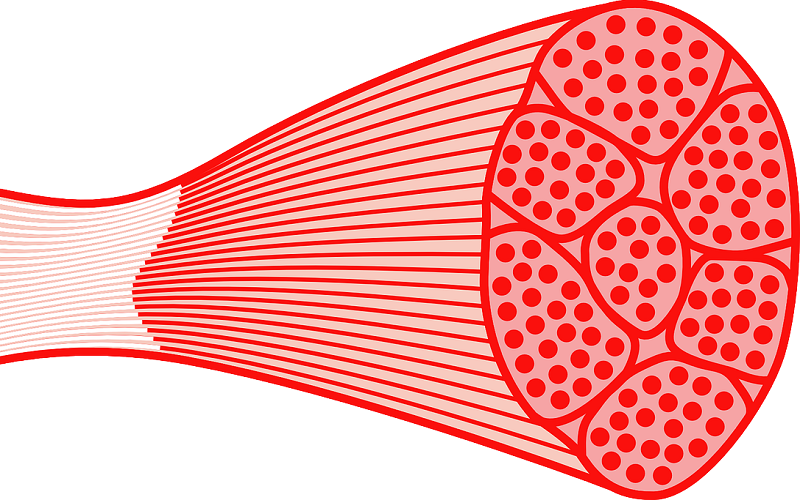In the context of bodybuilding, the aphorism ‘no pain, no gain’ has literal meaning—when a weightlifter works out, he or she is causing muscle fibers to tear and regenerate, which increases the number and size of those fibers. Underlying these changes are molecular switches that instruct a muscle cell to divide, grow and replace its worn-out counterparts.
Probing the fundamental biology of muscle cells in mice, Tsui Han Loo, a Scientist at A*STAR’s Institute of Medical Biology (IMB), and Colin Stewart, the Deputy Executive Director of IMB, have identified a key pathway regulating muscle regeneration. The research, performed in collaboration with colleagues in the UK and France, reveals the pivotal role of a protein called SUN1.
SUN1 is a component of a larger protein complex that connects the nucleus to the cytoskeleton in cells. The existence of such a protein complex suggests that mechanical forces, such as those exerted by and on muscle cells, can be sensed by the nucleus to elicit an appropriate cellular response.
Using a technique known as a yeast two-hybrid screen, Stewart’s team first identified other proteins that interact with SUN1. Among the interacting proteins, the researchers found a protein complex involved in the processing of microRNAs (miRNAs)—short sequences of nucleotides which silence specific instructions from the cell’s nucleus. Further experiments showed that SUN1 impaired miRNA processing in muscle cells.
Notably, when the scientists deleted the SUN1 gene in muscle cells, they observed that the levels of four miRNAs—miR-127, miR-431, miR-433 and miR-434-3p—were increased. These four miRNAs prevented the production of a protein named RTL1, the loss of which was associated with delayed muscle regeneration in a mouse model.
Conversely, RTL1 overexpression results in increased muscle growth, a feature first noted in callipyge sheep, named for their ‘beautiful buttocks.’ The results indicate that SUN1 maintains RTL1 expression in muscle cells at the right levels and is critical for efficient muscle regeneration.
“RTL1, or the biochemical pathways it regulates, could be a therapeutic target for muscular dystrophies,” said Stewart. He added that since RTL1 expression levels are high in the growing muscles of young mice but decline with entry into adulthood, it will be interesting to establish what happens to the expression of RTL1 when muscles start to age.
“Can the activation or re-expression of RTL1 in old muscle defer muscle breakdown and contribute to better muscle health? This is a question that we want to pursue the answers to in the future,” he concluded.
The A*STAR-affiliated researchers contributing to this research are from the Institute of Medical Biology (IMB).






